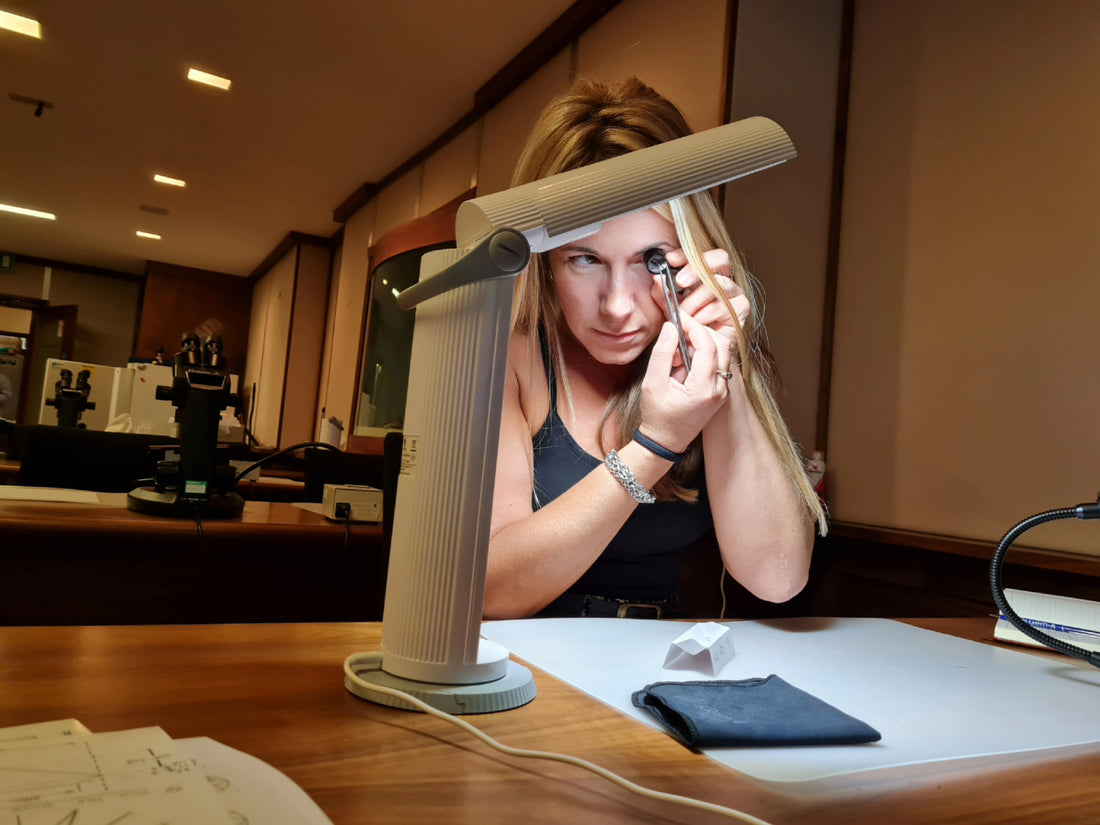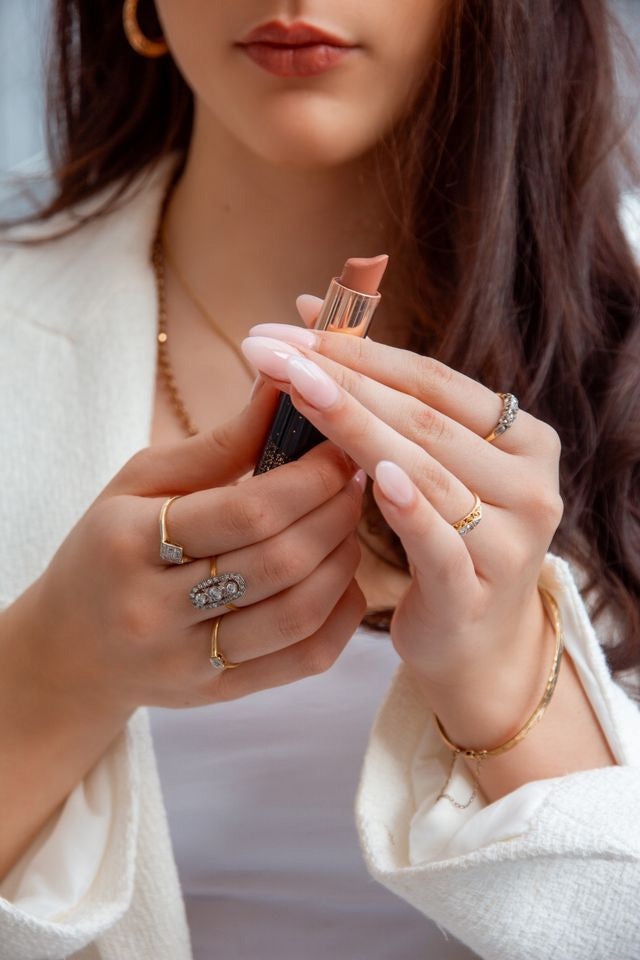Diamonds are highly valued precious stones, and their rarity has led to the creation of synthetic diamonds, which are made in a laboratory. Synthetic diamonds have the same chemical composition as natural diamonds but are produced through artificial means. In recent years, the production of synthetic diamonds has increased, and it has become increasingly important to know how to detect them. Although some Diamonds require advanced testing methods for conclusive identification, many synthetic Diamonds can be detected using both basic and advanced methods. In this blog post, we will discuss various methods of detecting synthetic diamonds.
- Look for Impurities
One of the ways to detect synthetic diamonds is to look for impurities. Synthetic diamonds are usually produced in a controlled environment, so they are unlikely to have any impurities. On the other hand, natural diamonds often have impurities, such as nitrogen, boron, or hydrogen. A gemmologist can examine the diamond under a microscope to determine if it has any impurities. Is there any colour zoning or growth patterns?
- Check for Inclusions
Inclusions are imperfections that occur naturally in diamonds. They can include minerals, gas bubbles, or other foreign materials. Inclusions are more common in natural diamonds than in synthetic diamonds. Gemmologists can use a microscope to examine the diamond's inclusions and determine if they are natural or synthetic.
- Use Ultraviolet Light
Ultraviolet light can also be used to detect synthetic diamonds. Natural diamonds usually emit a blue fluorescence when exposed to ultraviolet light, while synthetic diamonds may emit different colours or no fluorescence at all. Gemmologists can use a special device called a DiamondView to detect the diamond's fluorescence.
- Conduct Thermal Conductivity Tests
Diamonds are excellent conductors of heat, and this property can be used to detect synthetic diamonds. Gemmologists can use a thermal conductivity probe to measure the diamond's ability to conduct heat. Synthetic diamonds have a higher thermal conductivity than natural diamonds, so a gemmologist can use this test to determine if the diamond is synthetic.
- Use Spectroscopy
Spectroscopy is a method used to analyse the diamond's light absorption and emission properties. Natural diamonds have a unique spectral signature that is different from synthetic diamonds. Gemmologists can use a device called a spectroscope to analyse the diamond's spectral signature and determine if it is natural or synthetic.
In conclusion, detecting synthetic diamonds requires a combination of techniques, including examining impurities and inclusions, using ultraviolet light, conducting thermal conductivity tests, and using spectroscopy. If you are in the market for a diamond, it is essential to have it examined by a reputable gemmologist to ensure that you are getting a natural diamond.


